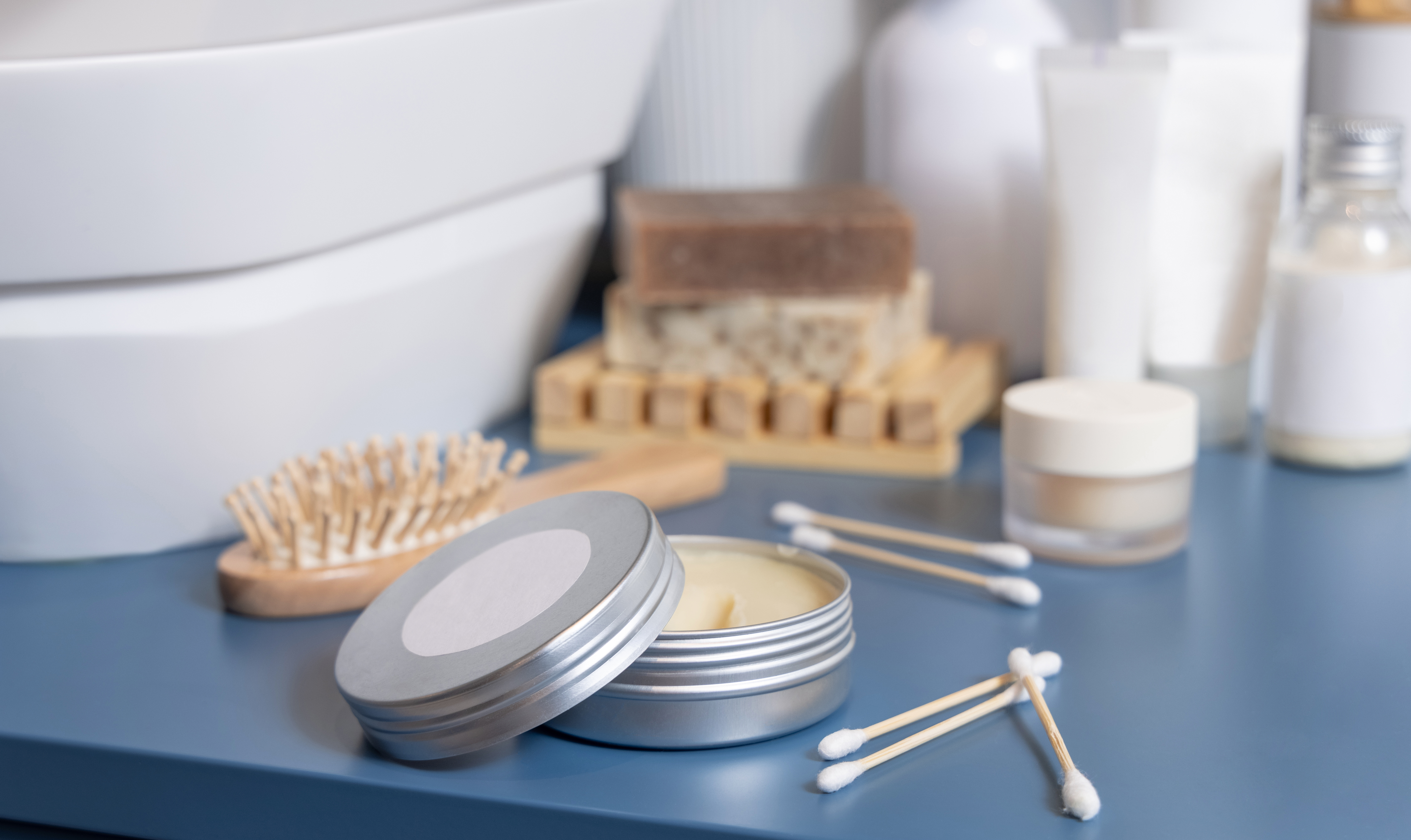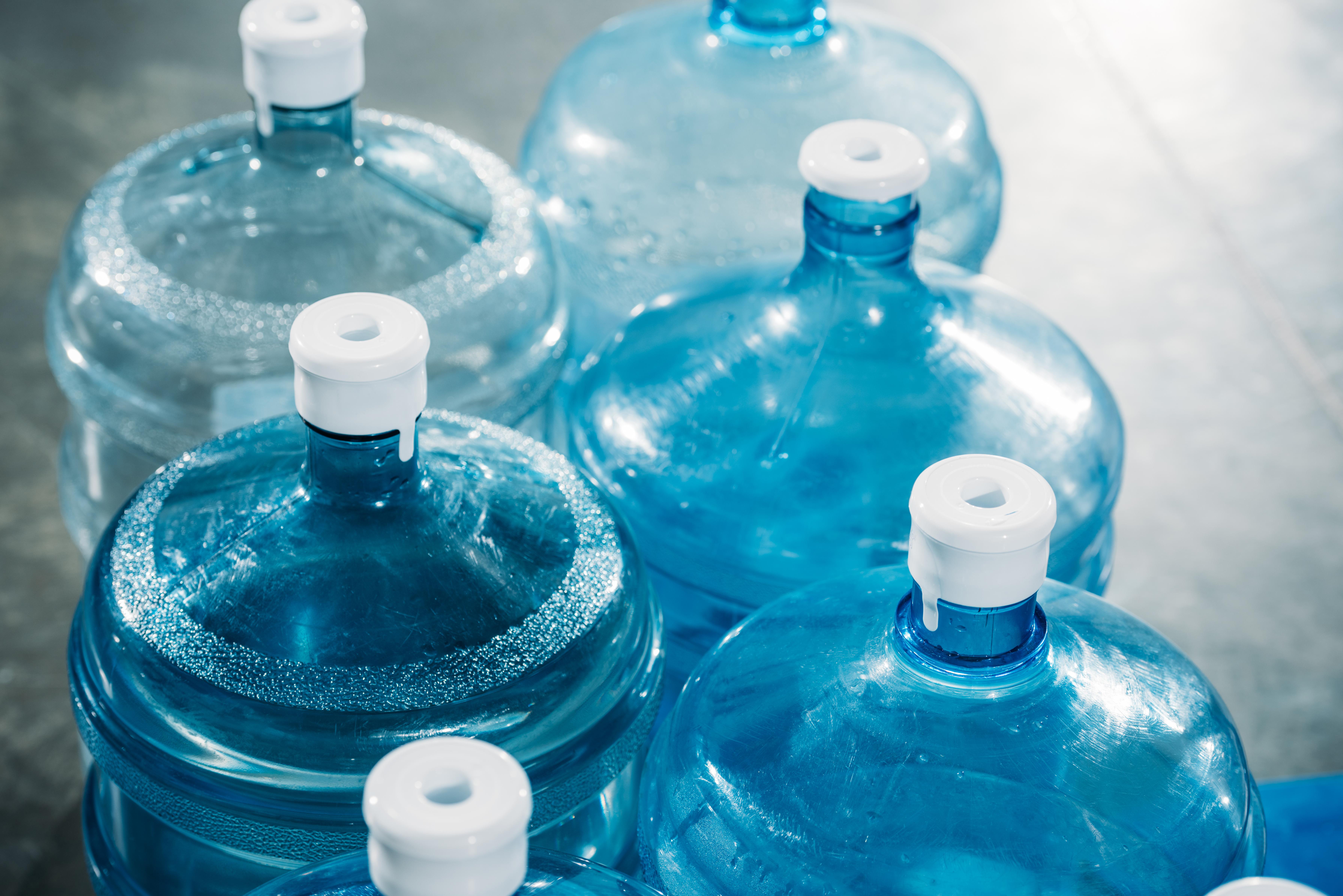Everyday Toxins Hiding in Your Home Secretly Sabotaging Your Hormones
You light the candle. You spray the cleaner. You lather on the lotion. It all feels healthy, clean, maybe even luxurious. But behind the pleasant scents and “eco-friendly” packaging, many everyday products are loaded with chemicals that quietly sabotage your hormones. These are endocrine disruptors—substances that mimic, block, or distort your body’s natural signals, wreaking havoc on sleep, mood, metabolism, fertility, and more. And they’re not rare. They’re in your shampoo, your laundry detergent, your receipts. That’s why we’ve expanded our guide to 22 specific toxins you need to watch out for—culprits hiding in plain sight, affecting your well-being in ways you can’t always see. This isn’t about panic—it’s about power. When you understand what you’re bringing into your home, you can begin swapping the saboteurs for cleaner, safer choices. Because true wellness doesn’t just come from within—it starts with the space around you. Let’s clean house, the smart way.
1. Phthalates: The Fragrance Frauds

Phthalates are a group of chemicals commonly used to make plastics more flexible and are often found in products like cosmetics, personal care items, and even household cleaners. These compounds are notorious for their ability to mimic hormones, particularly estrogen, and can lead to disruptions in reproductive health and development. Despite their widespread use, the dangers of phthalates are often masked by appealing fragrances and attractive packaging. By understanding the sources of phthalates and opting for phthalate-free products, you can significantly reduce your exposure to these deceptive fragrance frauds.
2. Bisphenol A (BPA): The Plastic Predator

Bisphenol A, or BPA, is a chemical used in the production of polycarbonate plastics and epoxy resins, commonly found in water bottles, food containers, and even the linings of canned goods. This pervasive toxin is an endocrine disruptor that can mimic estrogen, leading to potential reproductive issues and increased risk of certain cancers. The insidious nature of BPA lies in its ability to leach into food and beverages, especially when containers are heated. By choosing BPA-free products and reducing the use of plastic containers, you can protect your hormonal balance from this plastic predator.
